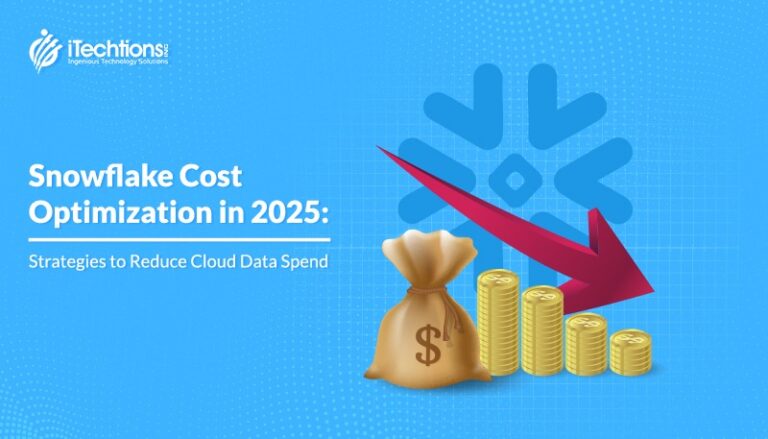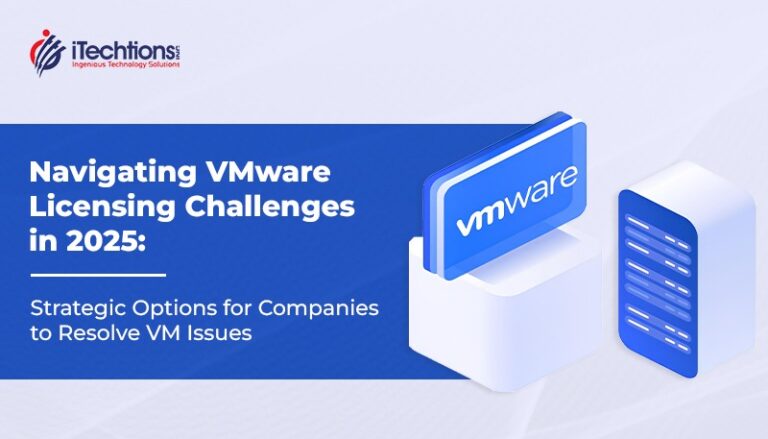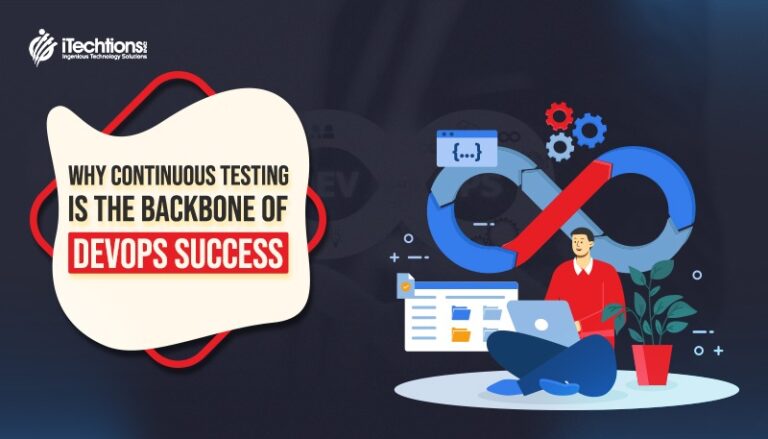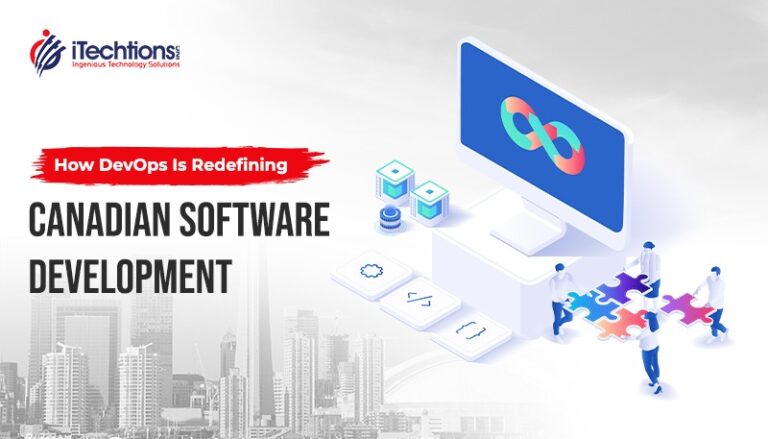Agile practices have become the cornerstone of modern software development, offering a dynamic framework that prioritizes adaptability and collaboration. Over the past 18 months, Agile methodologies like Scrum and Kanban have solidified their place in tech-driven industries, enabling teams to deliver high-quality products faster. The essence of Agile lies in its iterative approach—breaking projects into manageable chunks, or sprints, that allow for continuous feedback and refinement. This flexibility is invaluable in a world where customer needs shift rapidly, but Agile’s success depends on more than just processes; it requires a cultural shift that embraces experimentation and transparency.
The impact of Agile is measurable. A 2024 survey found that organizations using Agile methodologies reduced project delivery times by 25–30% compared to traditional waterfall approaches (PMI, 2024). This speed stems from Agile’s focus on delivering incremental value, allowing teams to pivot quickly when requirements change. For instance, a Canadian software company recently adopted Scrum to overhaul its mobile app, cutting its release cycle by half and boosting user satisfaction. Tools like Jira, Trello, and Asana have become indispensable, providing visibility into tasks and fostering collaboration across distributed teams. Yet, Agile isn’t foolproof—poor communication or misaligned priorities can derail even the best-laid plans.

Can Frameworks Like SAFe and LeSS Solve the Scaling Problem in Agile?
Cultural alignment is where Agile either thrives or stumbles. Teams that embrace open communication and shared ownership excel, while those stuck in rigid structures struggle. Training is critical to bridge this gap. In 2024, Canada saw a 15% increase in demand for certified Scrum masters, reflecting a broader push for Agile expertise (Scrum Alliance, 2024). X posts highlight Agile’s role in reducing bureaucracy, with developers praising its ability to empower teams. One user noted, “Agile lets us focus on building, not endless meetings.” However, scaling Agile across large organizations remains a challenge, often requiring frameworks like SAFe or LeSS to coordinate multiple teams.
Remote work has further shaped Agile’s evolution. With distributed teams becoming the norm, digital tools have taken center stage, enabling real-time collaboration across time zones. Yet, this shift has exposed gaps—virtual standups can lack the energy of in-person meetings, and time zone differences complicate sprint planning. Successful teams counter this with clear communication protocols and regular retrospectives to address pain points. The integration of AI is also transforming Agile, with tools now analyzing sprint data to predict risks and optimize workflows. For example, AI-driven insights helped a Canadian retailer streamline its Agile process, reducing sprint planning time by 20%.

How Crucial Is Leadership in Agile Adoption?
Leadership is pivotal in driving Agile adoption. Executives must foster a culture that values experimentation over perfection, encouraging teams to iterate without fear of failure. This mindset is particularly evident in Canada’s startup ecosystem, where Agile practices are fueling rapid innovation. Government initiatives, like funding for tech incubators, are amplifying this trend by supporting Agile training programs. However, challenges like stakeholder buy-in and resource constraints persist, especially for smaller firms with limited budgets.
Agile’s future lies in its ability to evolve. As industries face increasing complexity, hybrid approaches blending Agile with other methodologies like DevOps are gaining traction. The focus is shifting toward customer-centricity, with Agile teams prioritizing user feedback to drive product enhancements. While the journey isn’t without obstacles, Agile practices are proving indispensable, enabling organizations to navigate uncertainty with confidence and deliver value in a constantly changing world.










